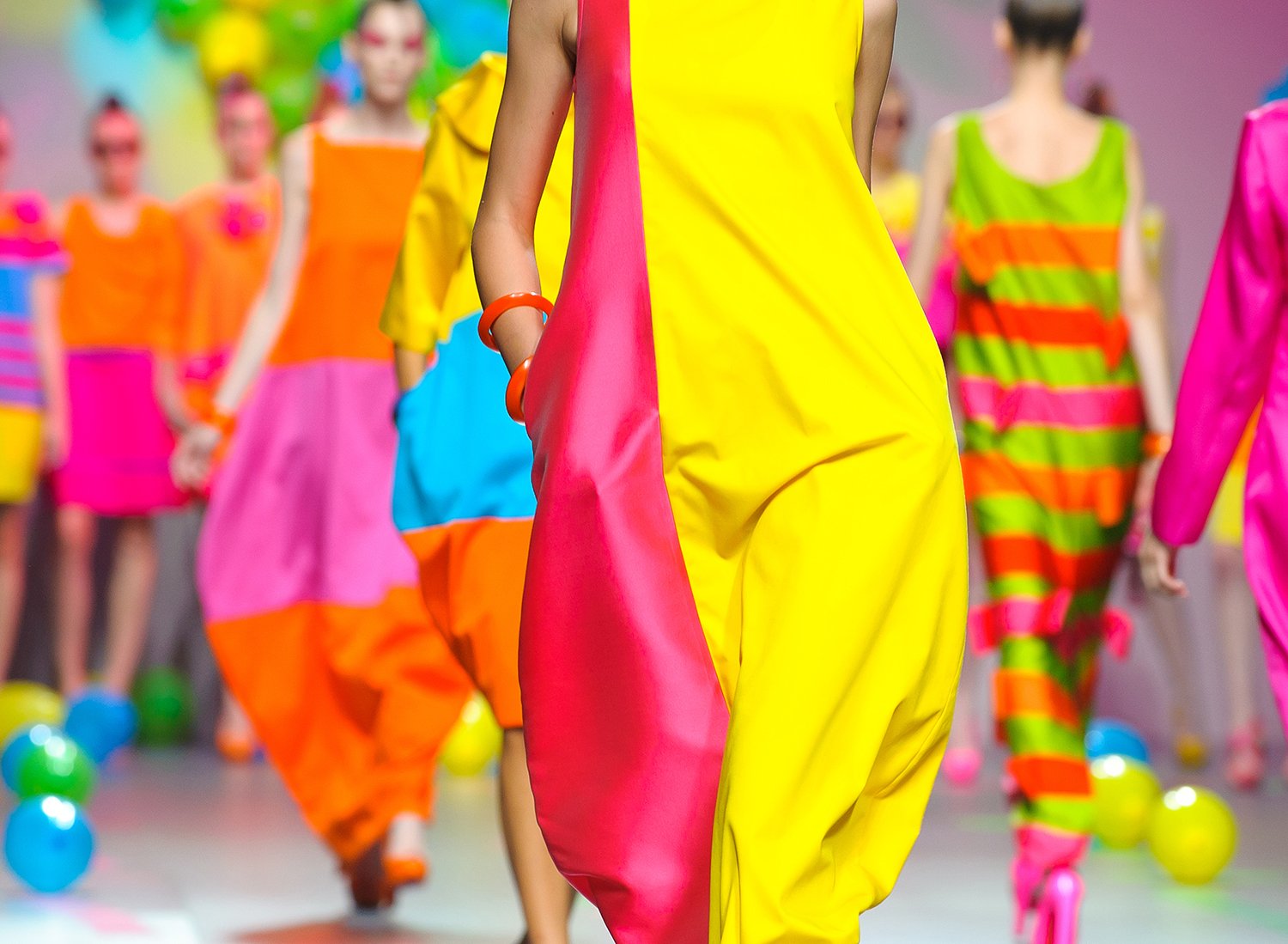Do different Colors affect your mood?
Have you ever wondered if colors influence your mood and emotions? They certainly can! Colors carry symbolic meanings that can shift our emotions and energy. Here’s a quick look at how some common colors impact us. (inspired by David Johnson)
Black: Power, Authority & Mystery
Black represents authority, sophistication, and mystery. It’s a go-to in fashion for a slimming effect and timeless style but can also evoke feelings of aloofness or intimidation. Black is also a symbol of submission, which is why priests wear it to represent their devotion to God. Think of iconic villains like Dracula—dressed in black to evoke a sense of fear and intrigue.
White: Purity, Light & Simplicity
White is the color of purity and innocence, which is why it’s traditionally worn by brides. It's often associated with cleanliness and sterility, which is why doctors and nurses often wear it. However, because white shows dirt easily, it can be high maintenance in fashion and home decor.
Red: Passion, Energy & Intensity
Red is the color of passion and love, stimulating energy and excitement. It increases heart rate and can make us feel more energetic. Red is also bold and attention-grabbing but can be overwhelming in large amounts. In home decor, red is often used as an accent color to add warmth, while in fashion, it can convey confidence and attraction.
Blue: Calm, Trust & Productivity
Blue, the color of the sky and ocean, has a calming and tranquil effect. It’s often used to promote relaxation, which is why it’s a favorite for bedrooms. In contrast to red, blue helps to lower stress levels, making it a good choice for work environments. Wearing blue in interviews or professional settings can symbolize trustworthiness and loyalty.
Green: Balance, Nature & Refreshment
Green symbolizes nature and balance, and it is one of the most soothing colors on the eye. It evokes feelings of calmness and rejuvenation, making it a popular choice for hospitals and waiting rooms. Historically, green has also represented fertility, and in design, it can symbolize growth and harmony.
Yellow: Optimism, Energy & Focus
Yellow is often associated with cheerfulness and optimism. Its bright, sunny appearance naturally draws attention and boosts energy. However, too much yellow can lead to anxiety and frustration, which is why it’s best used in moderation. It’s great for enhancing focus and concentration, which is why legal pads and note-taking tools are often yellow. It also speeds metabolism.
Purple: Royalty, Luxury & Creativity
Purple is often linked to luxury, sophistication, and creativity. It has long been associated with royalty and wealth. In design, purple can add a touch of elegance and mystery, though it can also feel artificial due to its rarity in nature.
Brown: Stability, Reliability & Comfort
Brown is a grounding color that symbolizes reliability and stability. It is often associated with the earth and nature. In design, brown can evoke warmth and comfort, but in excess, it might feel too heavy or somber.
The Psychology of Color
Color affects more than just mood—our food choices, for example, are influenced by color too. While red, green, and brown tend to stimulate appetite, blue is actually one of the least appetizing shades.
Astrid’s Note:
Interestingly, I’ve noticed that people often choose colors for their homes that are the opposite of their personal skin complexion. People with warm undertones gravitate toward cool colors, while those with cool undertones prefer warmer tones. Perhaps this reflects a subconscious desire for balance. Have you ever noticed this in yourself?
Ready to discover your best colors and elevate your personal style? Get in touch with me today, or explore more with my course on Udemy:
Discover more on Udemy
Discover how the right colors can transform not only your appearance but also your mood.
All the best,
Astrid

